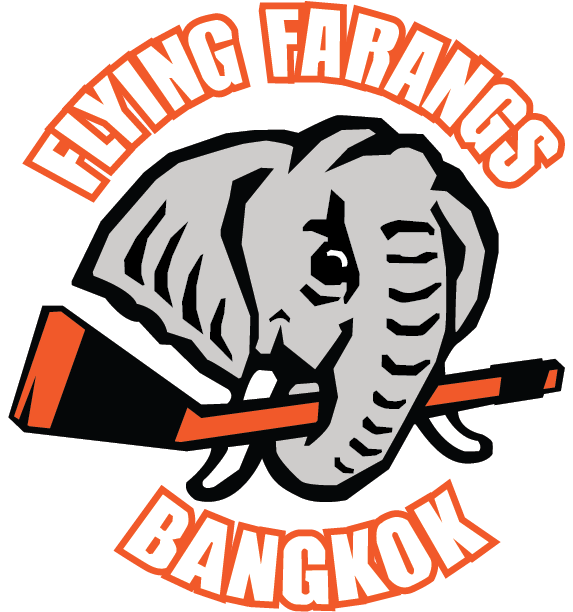Bangkok United U9 Hockey League is all about becoming united and one. Let’s all grow this and have a proper youth league in Thailand that will create equal and fair play. Let’s grow the sport and good things will happen!
Check out the coaching staff for the league three national team players, a great power skating coach and a super skills coach! The FAB 5 are ready to take youth hockey to a new level in Thailand!
Contact Jog Sports




























